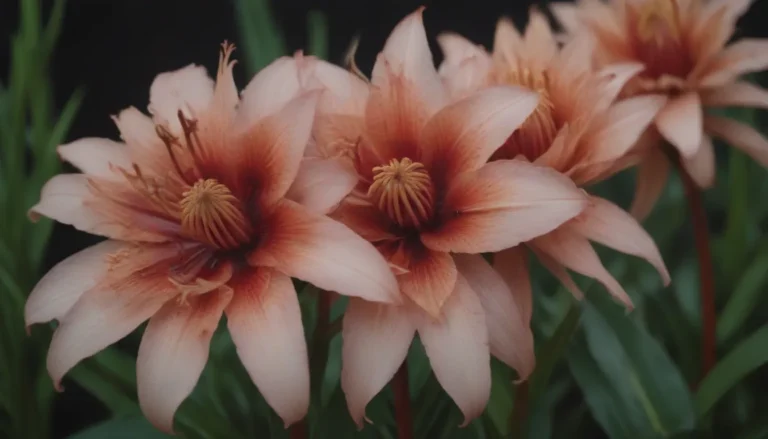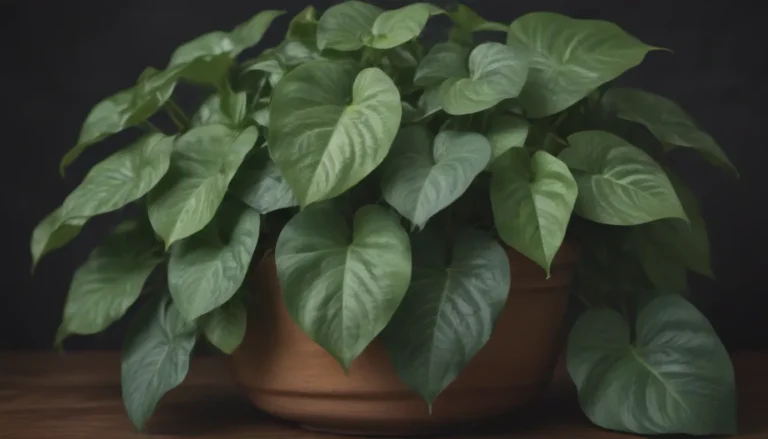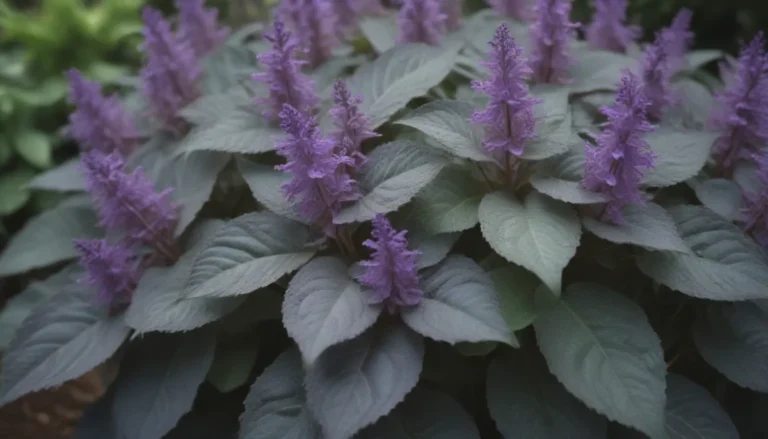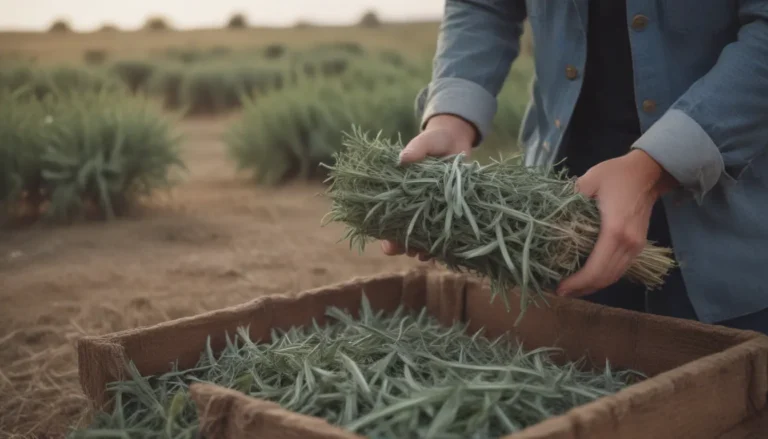Understanding Why Your Plant’s Leaves are Turning Brown
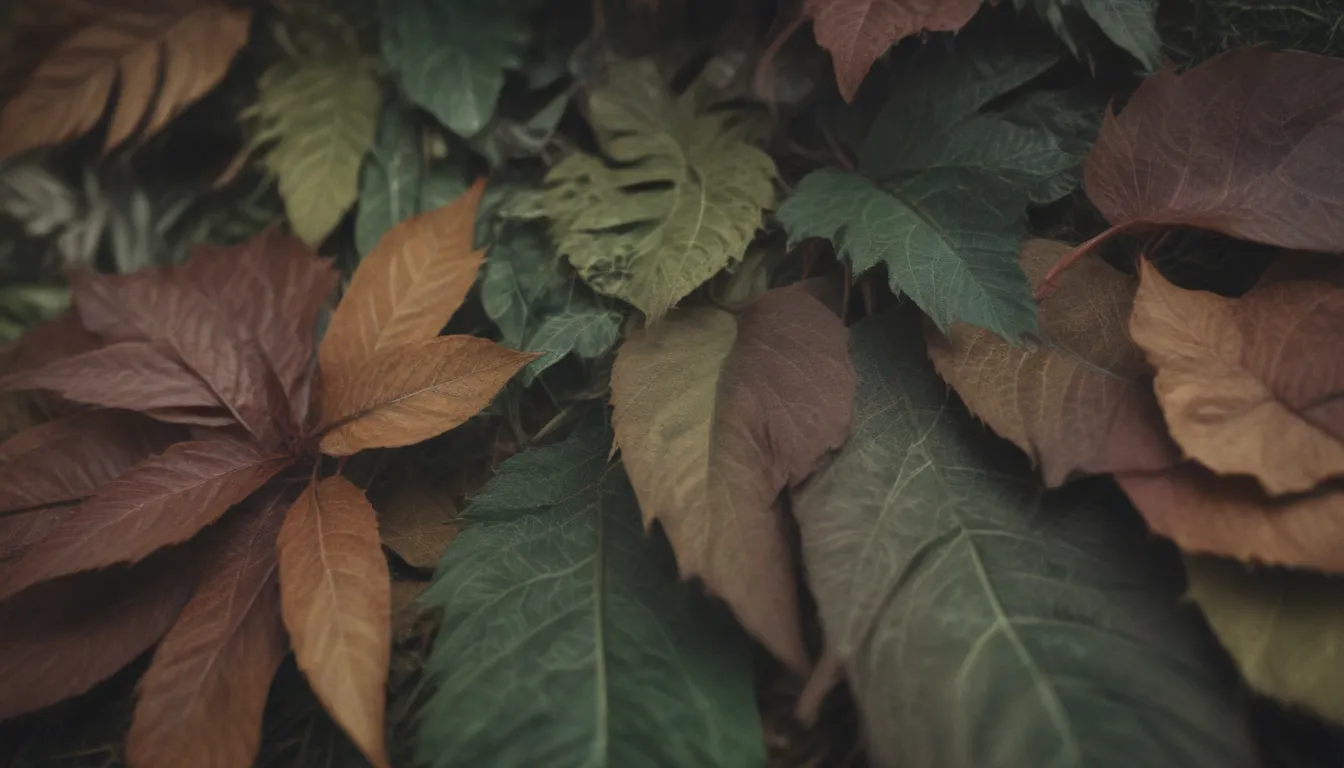
You see your beloved houseplant’s leaves starting to turn brown, and you start to worry – what did you do wrong? Before you panic, it’s important to understand that brown leaves on your plant can be a common issue with a variety of causes. In this comprehensive guide, we’ll delve into the reasons why your plant’s leaves might be turning brown and how you can address this problem effectively.
Getting to Know Your Houseplant
Just like taking care of a pet, caring for a plant requires understanding its specific needs. Different plants have different requirements when it comes to sunlight, water, soil, and temperature. Before bringing a new plant home, it’s essential to research its specific care instructions to provide it with the best possible environment to thrive.
Fun Fact: Many plant varieties that require higher humidity levels can benefit from a daily misting. Research your particular plant variety to see if it will benefit from some additional spritzing.
Common Causes of Brown Leaves
While brown leaves may be a natural part of a plant’s growth process, they can also indicate underlying issues with your plant’s care. Here are some common reasons why your plant’s leaves might be turning brown:
- Not enough light: Plants need adequate sunlight to photosynthesize and grow. If your plant isn’t receiving enough light, its leaves may start to turn brown.
- Too much heat: Excessive heat can cause stress to plants, leading to browning of the leaves.
- Too little water: Underwatering can cause the plant to become dehydrated, resulting in brown and crispy leaves.
- Too much water: Overwatering can lead to root rot, which can impact the plant’s ability to absorb water and nutrients, causing brown leaves.
- Too little humidity: Some plants require higher humidity levels to thrive. Low humidity levels can cause their leaves to turn brown.
- Pests/diseases: Infestations of pests or diseases can weaken the plant, resulting in brown leaves.
- Improper fertilization: Incorrect fertilization can lead to nutrient deficiencies or toxicities, causing brown spots on the leaves.
Tips for Preventing Brown Leaves on Houseplants
To prevent brown leaves on your houseplants, it’s essential to provide them with the right environment and care. Here are some tips to help you keep your plants healthy and vibrant:
- Know your plant: Research the specific care requirements of your plant to provide it with the right amount of sunlight, water, and nutrients.
- Be consistent: Maintain a regular watering and feeding schedule to avoid stress on the plant.
- Monitor soil drainage: Ensure that your plant’s soil drains properly to prevent waterlogged conditions.
- Test the soil: If you suspect a nutrient imbalance, test the soil to determine if any adjustments need to be made.
- Prune dead leaves: Remove dead or dying leaves to allow the plant to redirect its energy towards healthy growth.
- Repot if necessary: If your plant has outgrown its current pot and become root-bound, consider moving it to a larger container to support its growth.
By following these tips and being attentive to your plant’s needs, you can help prevent brown leaves and promote the overall health and vitality of your houseplants.
Remember, plants, like pets, rely on us for their care and well-being. By understanding and meeting their specific needs, you can ensure that your plants thrive and continue to brighten up your living space. If you notice brown leaves on your plants, don’t panic – with the right adjustments to their care routine, you can help them bounce back and flourish once again.


